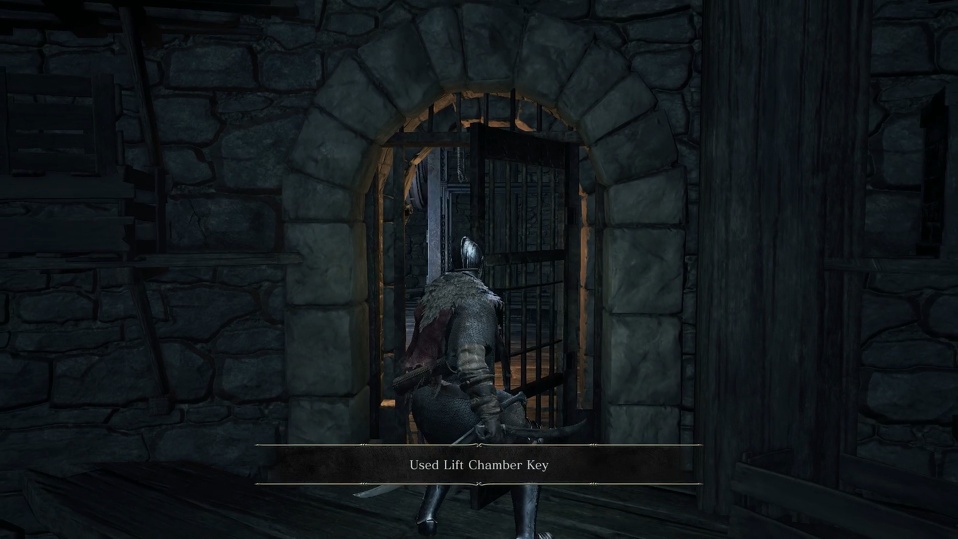

Pankratiasts were highly skilled grapplers and were extremely effective in applying a variety of takedowns, chokes and joint locks. There is evidence that, although knockouts were common, most pankration competitions were decided on the basis of submission (yielding to a submission or joint lock). Pankration, as practiced in historical antiquity, was an athletic event that combined techniques of both boxing (pygmē/pygmachia – πυγμή/πυγμαχία) and wrestling (palē – πάλη), as well as additional elements, such as the use of strikes with the legs, to create a broad fighting sport similar to today's mixed martial arts competitions. However, some evidence suggests that pankration, in both its sporting form and its combative form, may have been practiced in Greece already from the second millennium BC. The mainstream academic view has been that pankration developed in the archaic Greek society of the 7th century BC, whereby, as the need for expression in violent sport increased, pankration filled a niche of "total contest" that neither boxing nor wrestling could. In this context, pankration was also referred to as pammachon or pammachion (πάμμαχον or παμμάχιον), meaning "total combat," from πᾶν-, pān-, "all-" or "total," and μάχη, machē, "matter." The term pammachon was older, and would later become used less than the term pankration. Heracles too was often depicted in ancient artworks subduing the Nemean lion using pankration. Theseus was said to have used pankration to defeat the Minotaur in the Labyrinth. In Greek mythology, it was said that the heroes Heracles and Theseus invented pankration as a result of using both wrestling and boxing in their confrontations with opponents. This statue occupies Position III of the Ex voto of Daochos. 5 Ancient Olympic pankration champions and famous pankratiastsĪ statue of Agias, son of Acnonius, and winner of the pankration in three Panhellenic Games.3.6.4 Identifying and exploiting the weak side of the opponent.3.6.3 Offensive versus reactive fighting.3.6.2 Remaining standing versus going to the ground.3.5.3 Heave from a waist lock from behind.3.5.2 Heave from a waist lock following a sprawl.3.4.3 Choke from behind with the forearm.3.3.1.3 Arm bar – shoulder lock combination.3.3.1.1 Single shoulder lock (overextension).


 0 kommentar(er)
0 kommentar(er)
